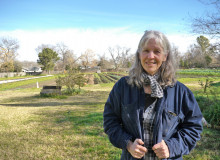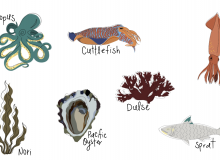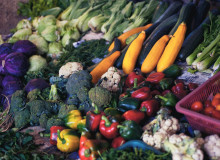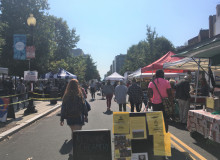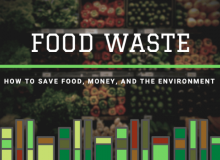Food
Planet Forward Correspondent | Dartmouth College
Two Austin, Texas, urban farms led the way for their area's locavore movement. These farmers talk about their motivation, and discuss why eating local is so important.
George Washington University
An exploration of the untapped value of cephalopods and algae in a sustainable seafood diet.
Planet Forward Correspondent | Carleton College
When the idea for a reusable container program was pitched last fall, no one could have guessed that a year later, the campus would be overflowing with the green containers — or that we'd be in the middle of a pandemic.
University of Wisconsin-Madison
Organizations in Madison, Wisconsin, focus on community-based solutions to improving food access during the COVID-19 pandemic and beyond.
Planet Forward Correspondent | George Washington University
Deemed essential services, D.C. farmers markets have remained open since the outbreak of the COVID-19 pandemic – but in order to keep vendors, staff and customers safe, markets have had to make sudden changes.

Lancaster Central Market in Lancaster, Pennsylvania, faced drastic customer reductions at the beginning of the pandemic, resulting in the closure of several stands, and yet most still endure. (Jared Kofsky/PlaceNJ.com/Creative Commons)
Planet Forward Senior Correspondent | New York University
Why do people continue to go hungry in one of the wealthiest nations in the world? And what can we do about the food system to prevent this from happening?
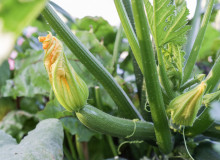
A baby zucchini grows beneath a yellow blossom. (Maja Dumat/Creative Commons)
The George Washington University
The pandemic may have forced you into a new relationship with food. But the food that ends up on your plate has always traveled a complicated, exploitative, and convoluted path to get there.
Featured Contributor
Nearly a third of food is wasted at the household level and that eats into our own finances while damaging the environment. How can we fix this?

Photographed in the forests of Palawan, a Philippine pangolin pup nudges its mother, rolled up in a protective ball. (Gregg Yan/Creative Commons)
Planet Forward Senior Correspondent
Pressuring governments to issue bans and closures of wet markets could prevent the emergence of infectious disease. But it does not solve the widespread issue of bushmeat circulation between hunters and their families.
SUNY Plattsburgh
This creative project helps alleviate food insecurity in a remote area of New York. Plus, eight more ideas on how you can get involved in eliminating food deserts where you live.

